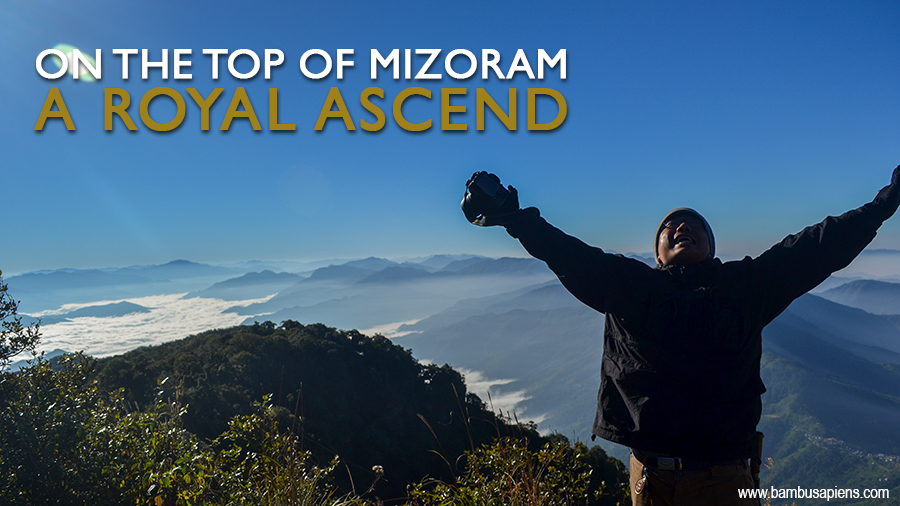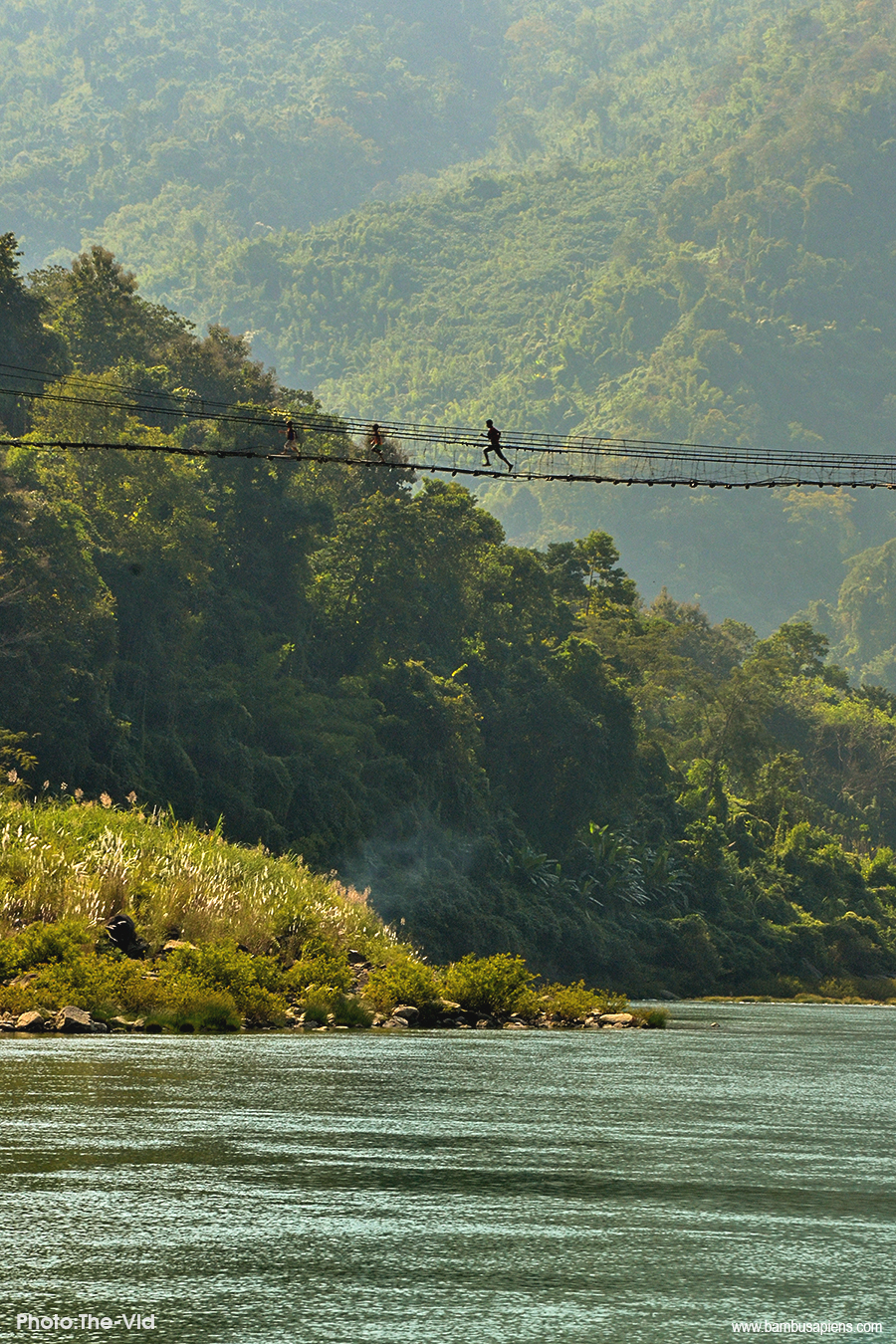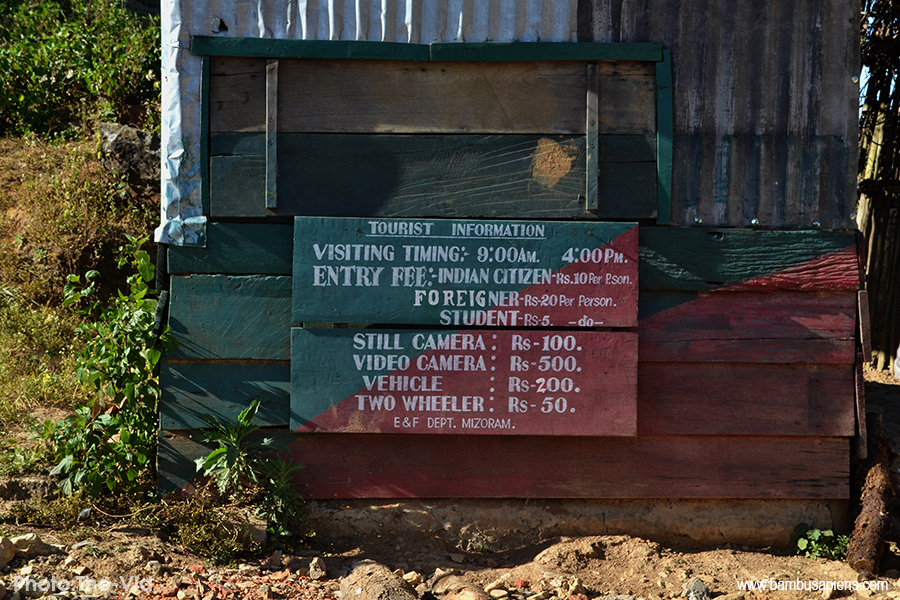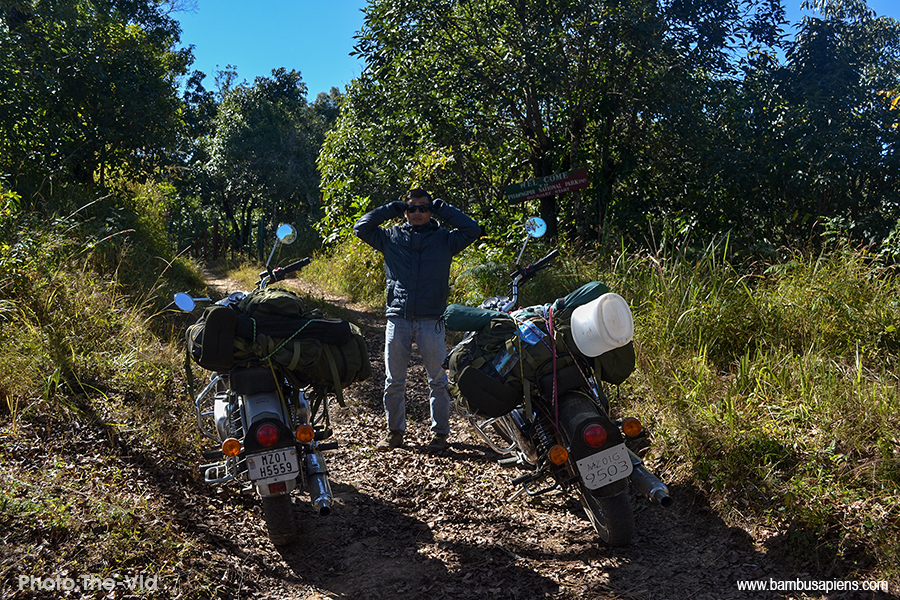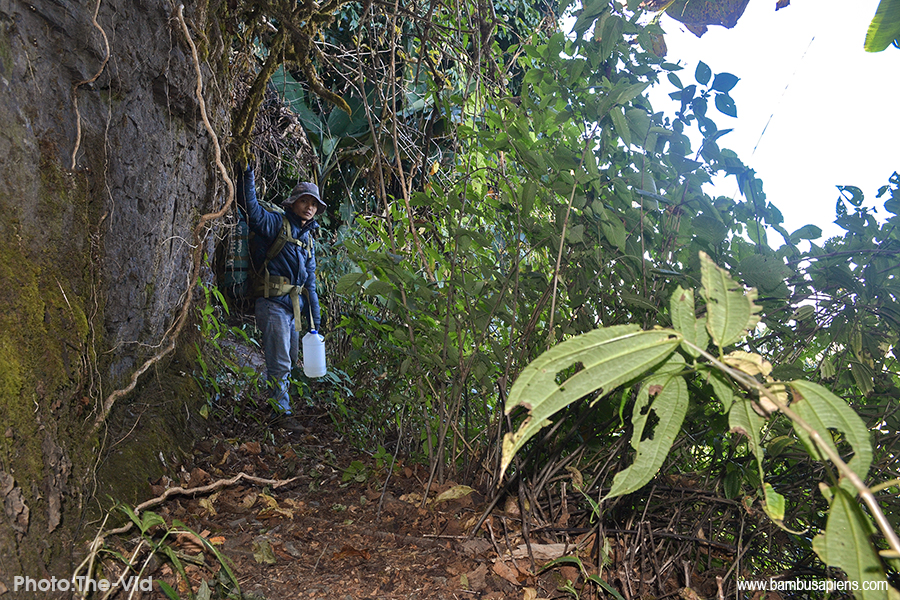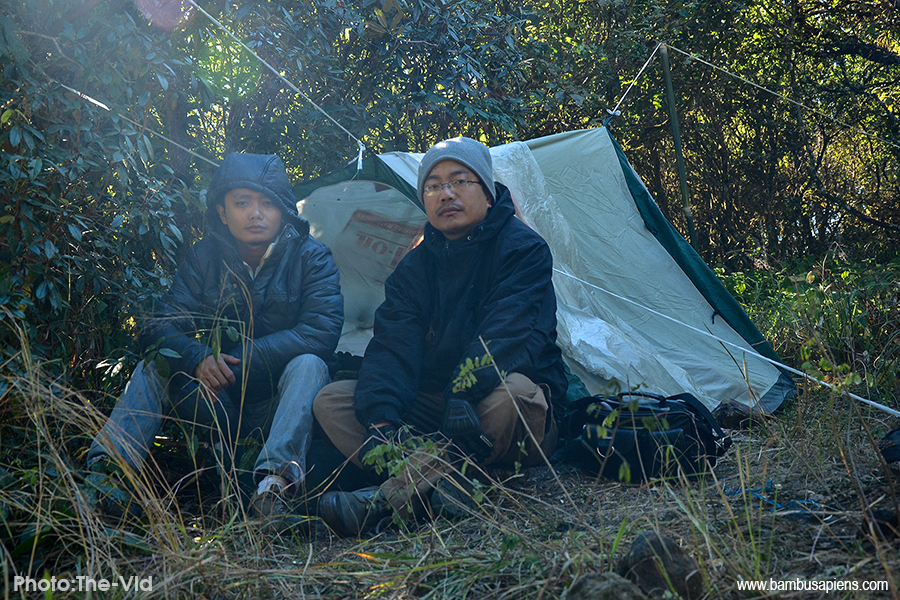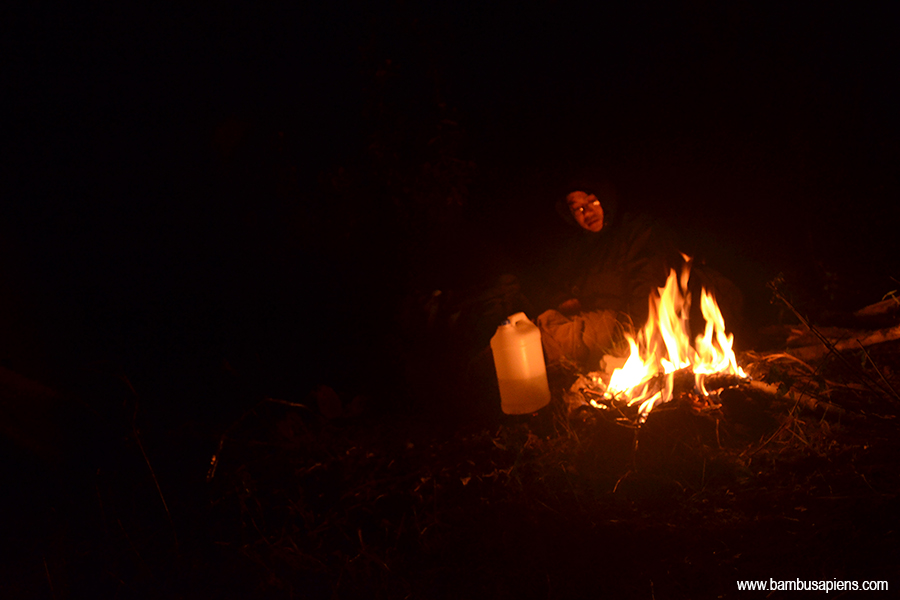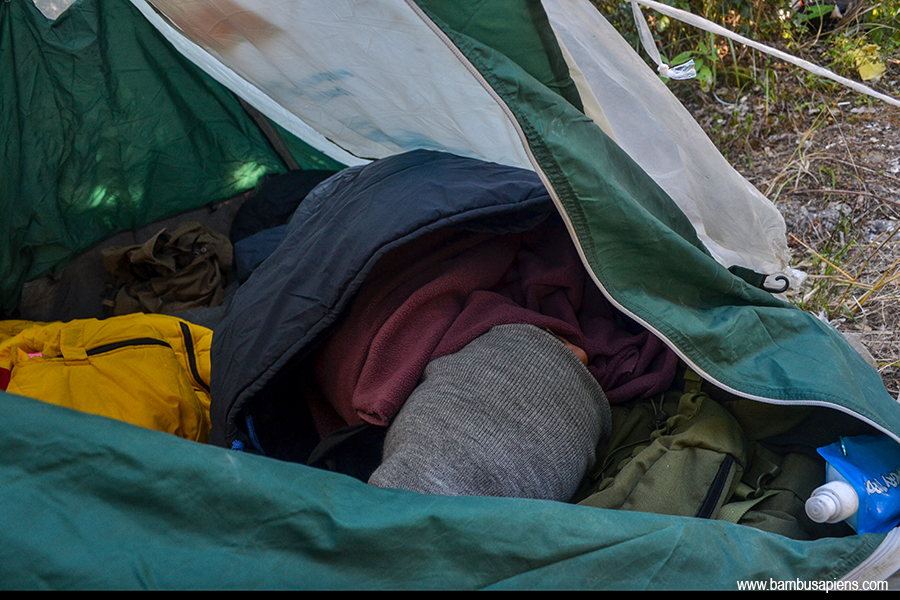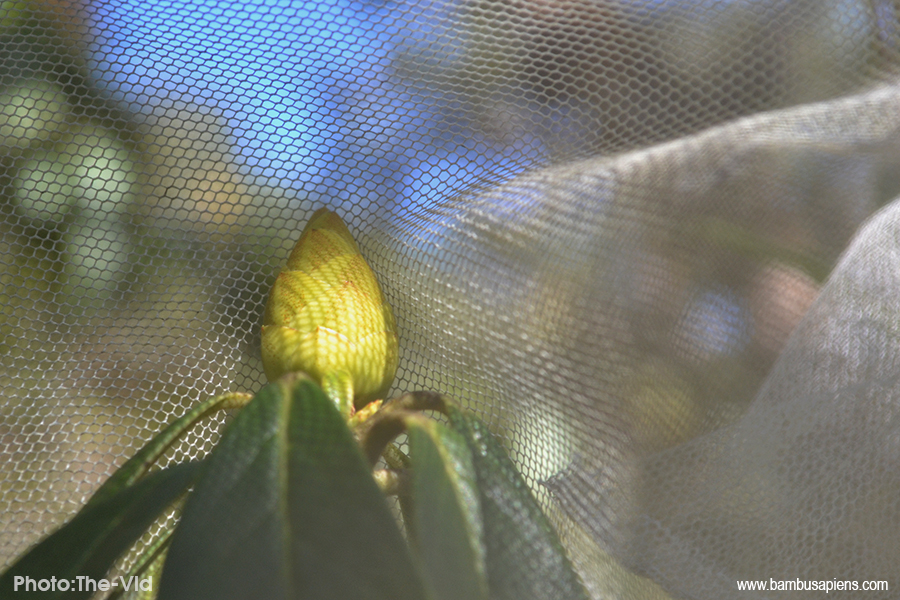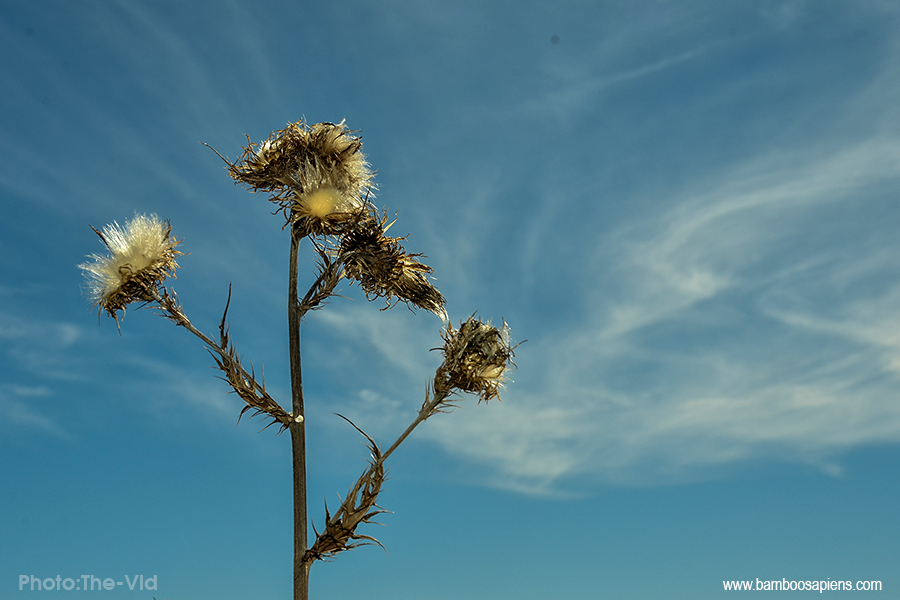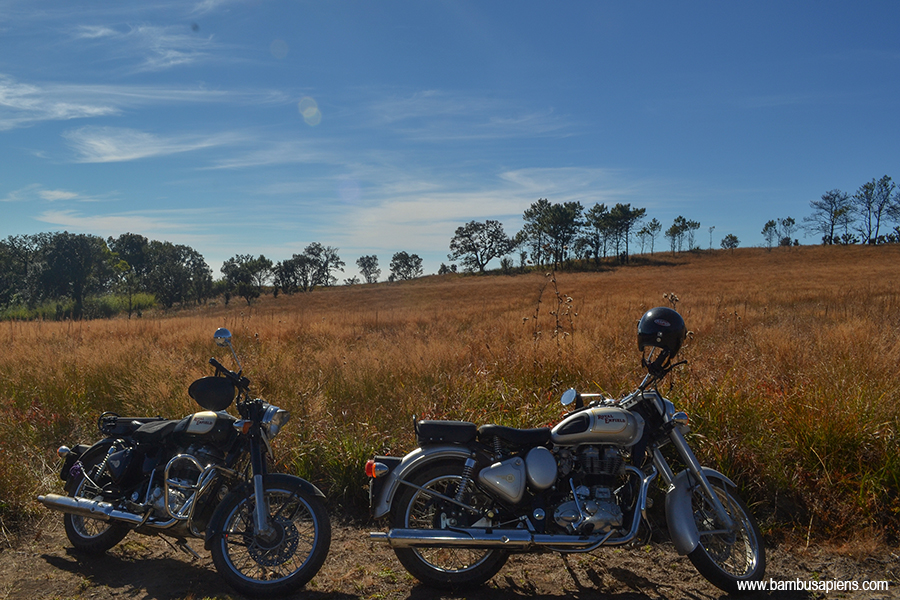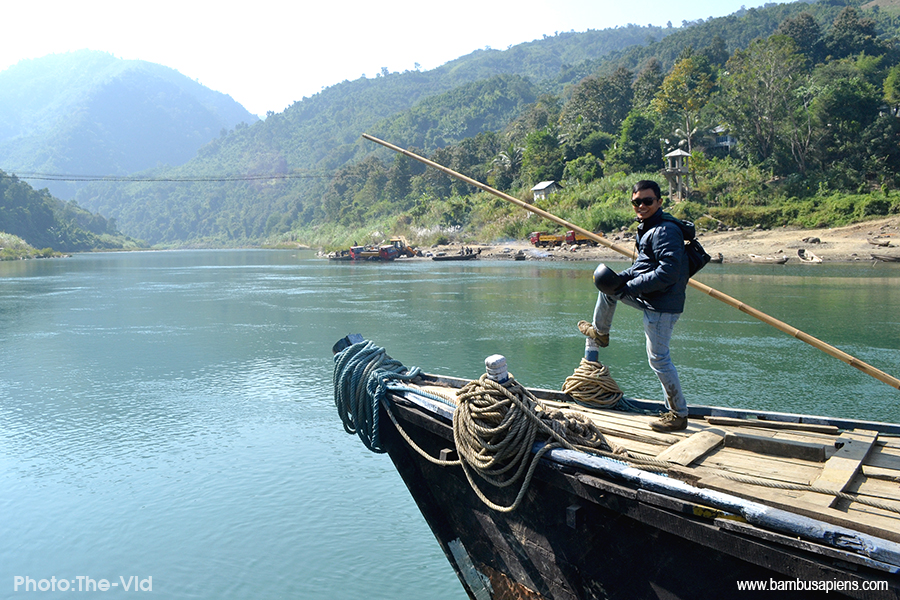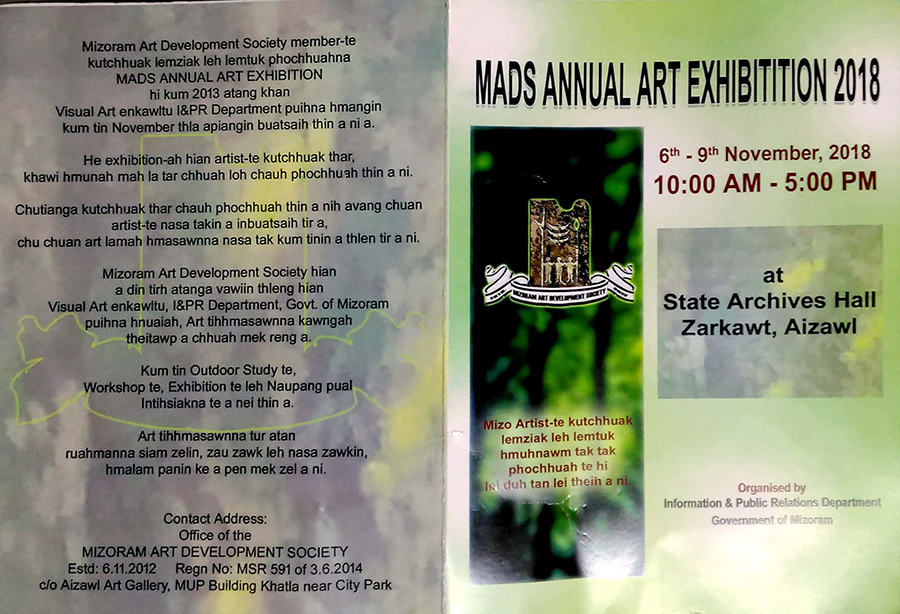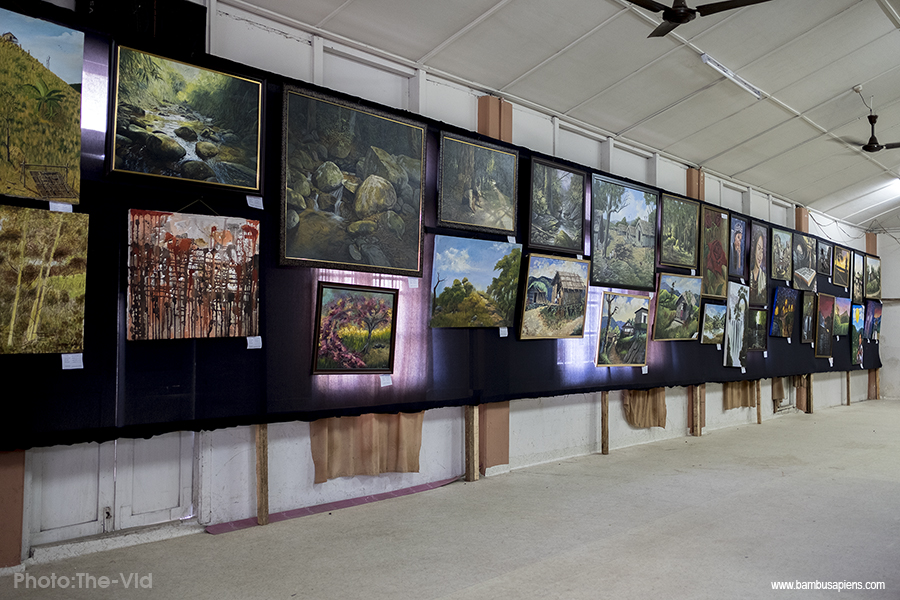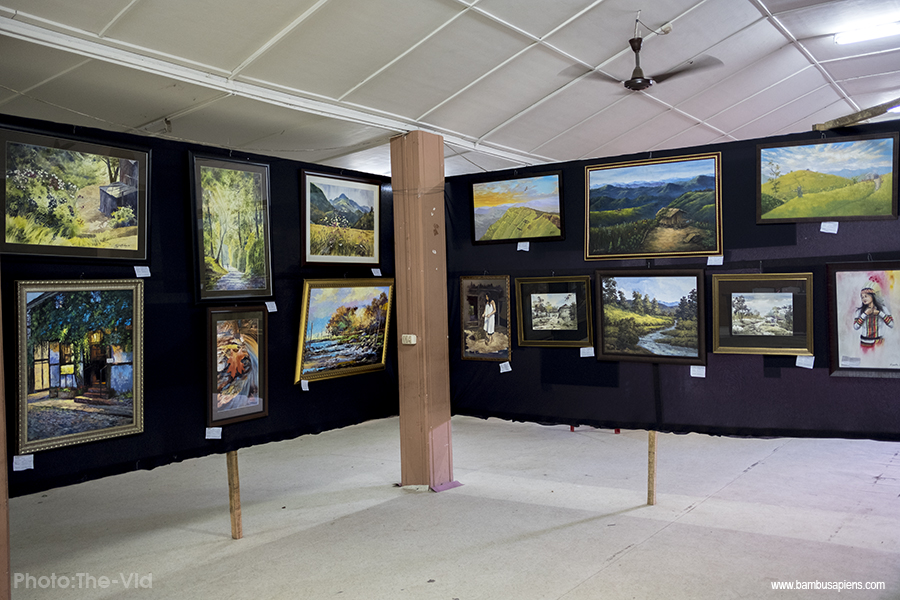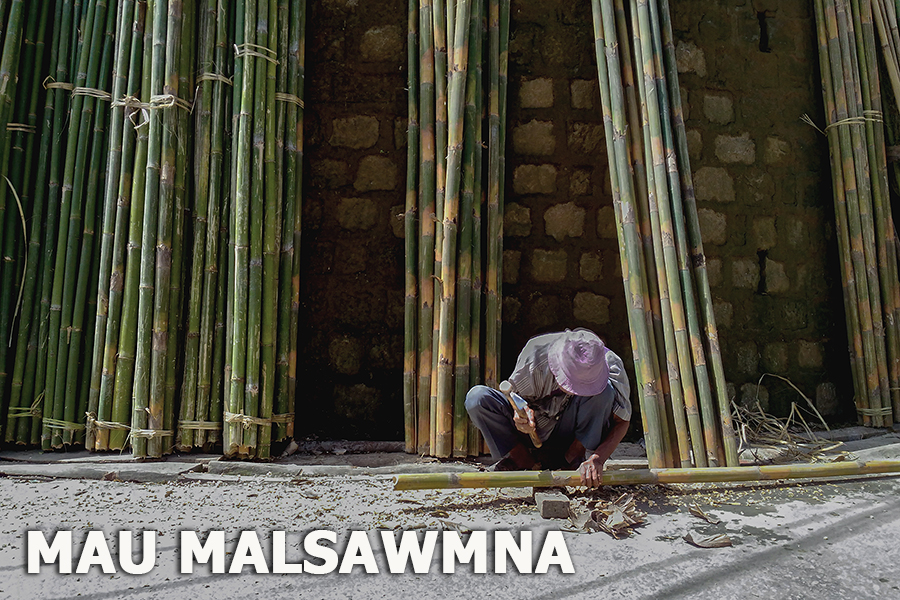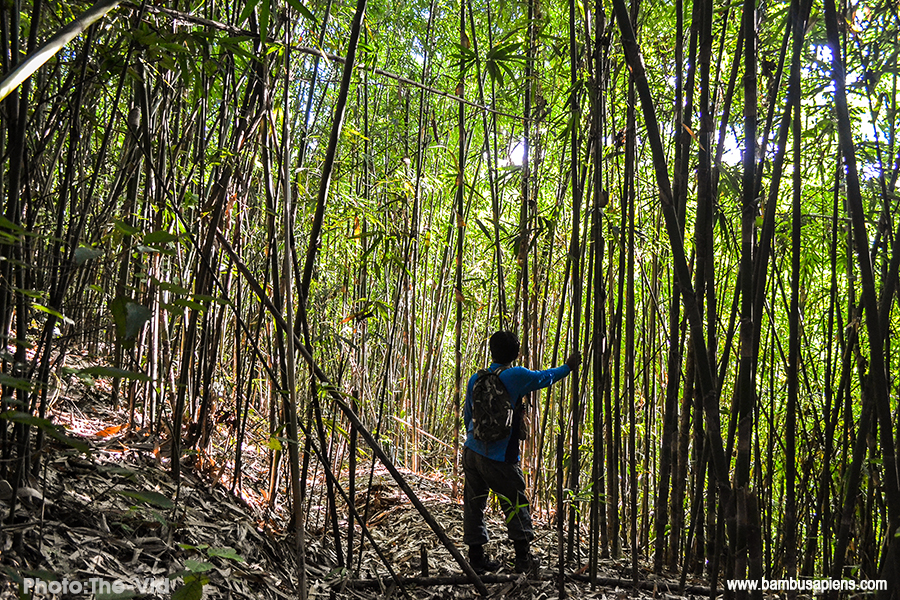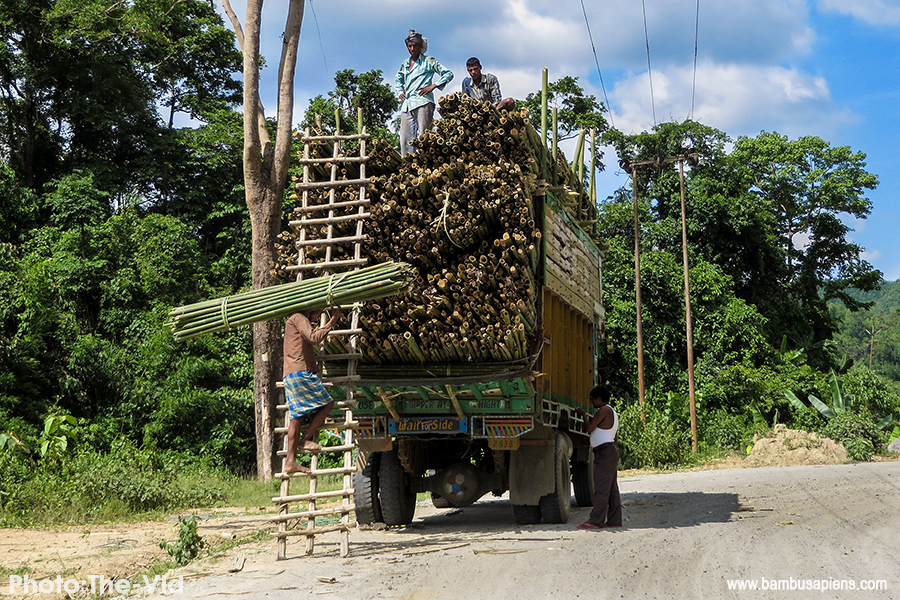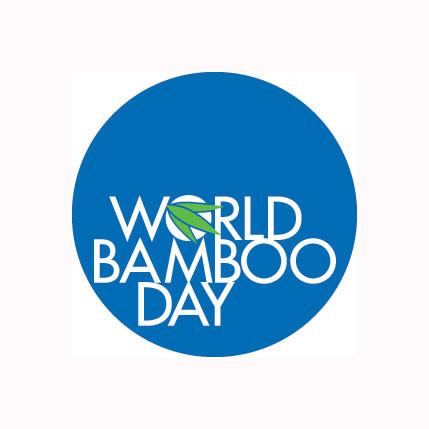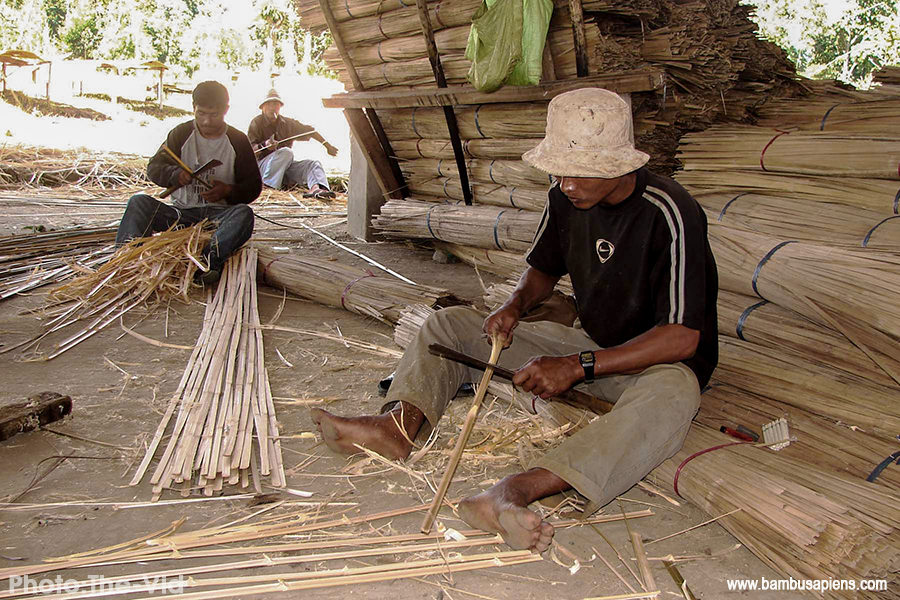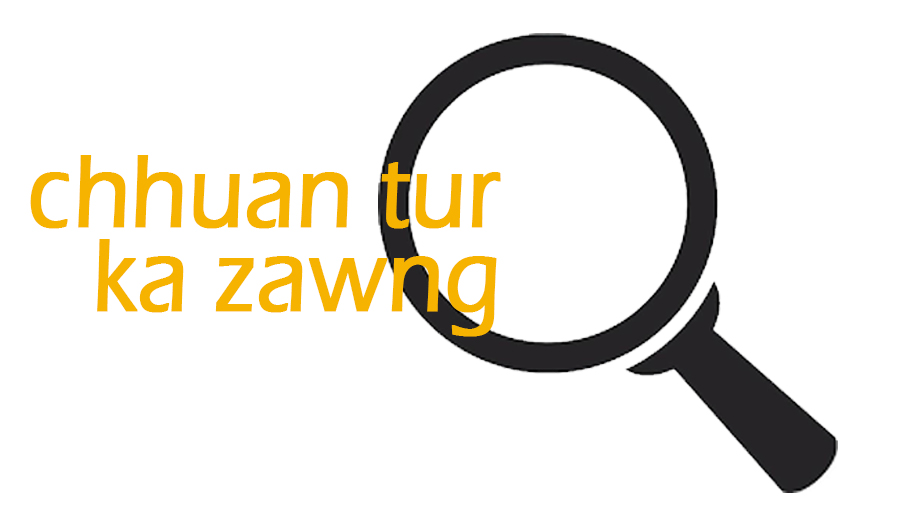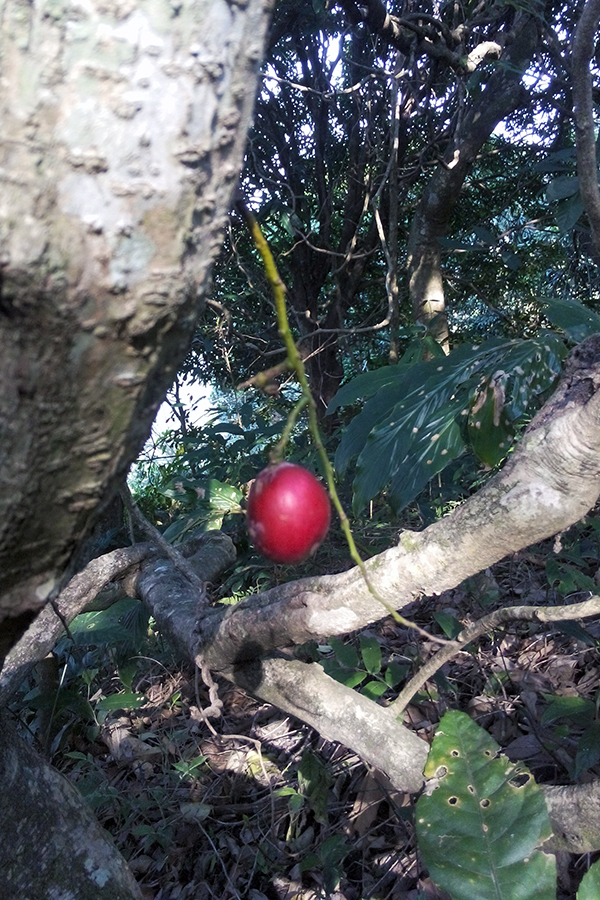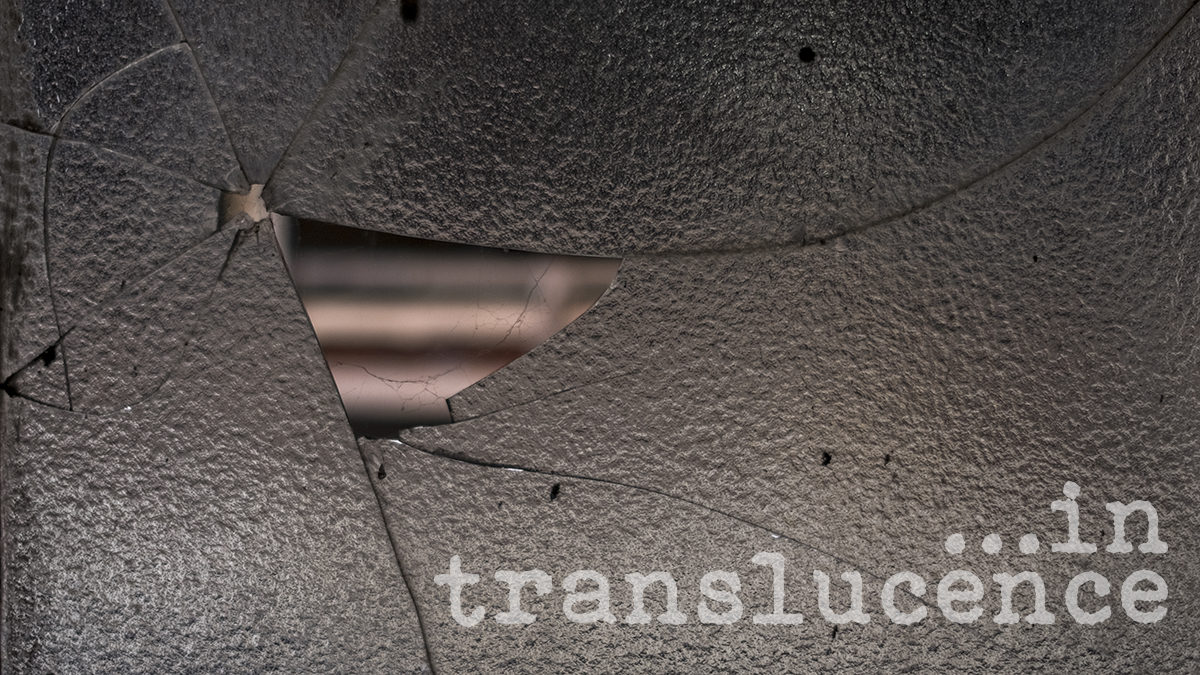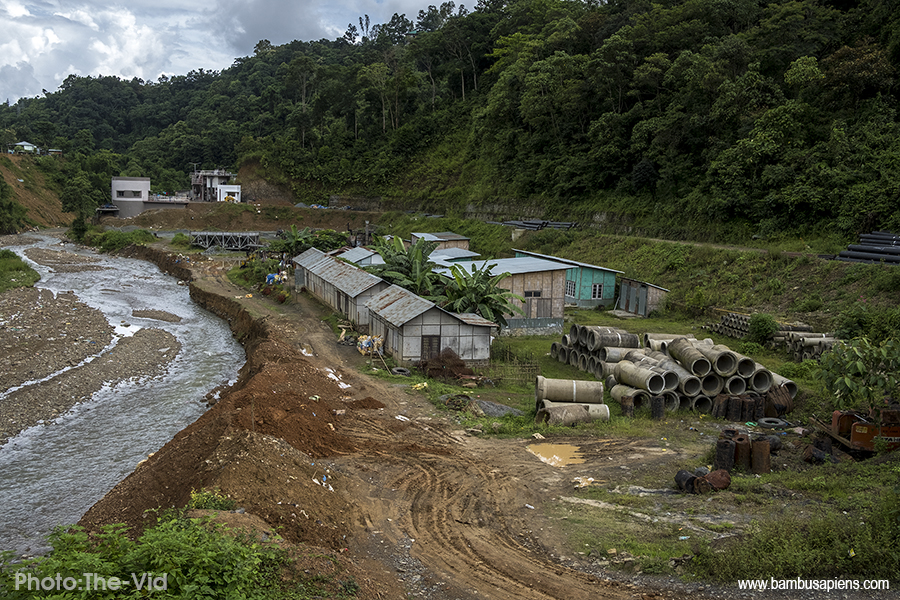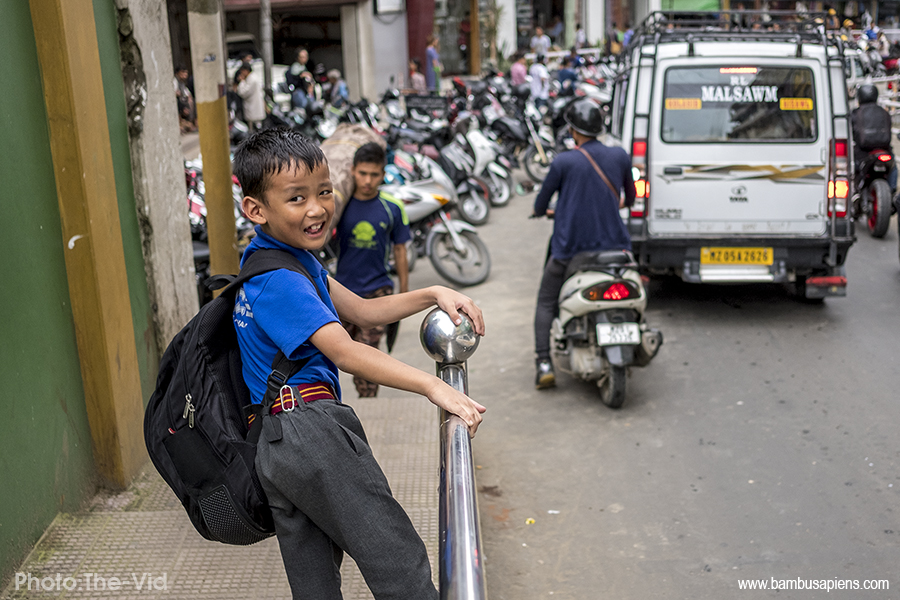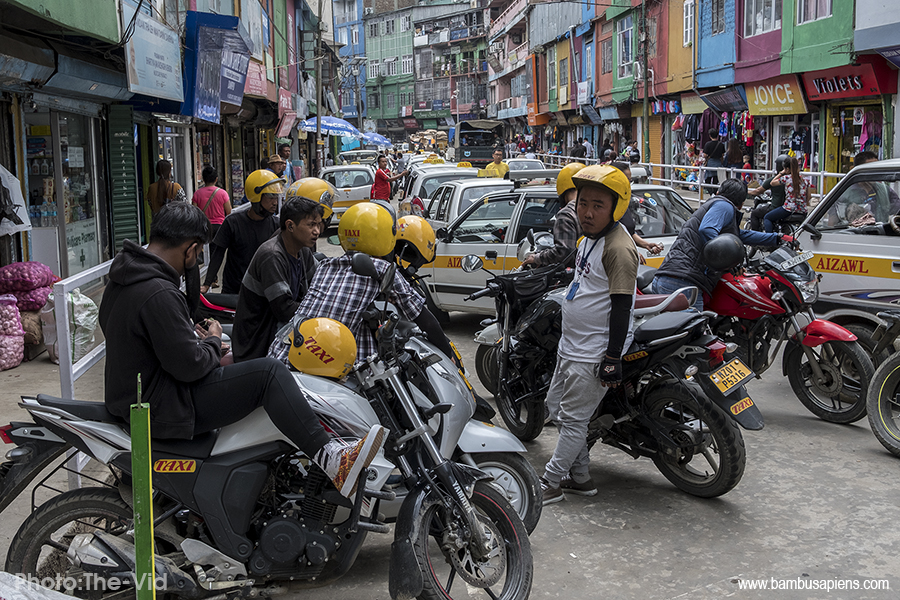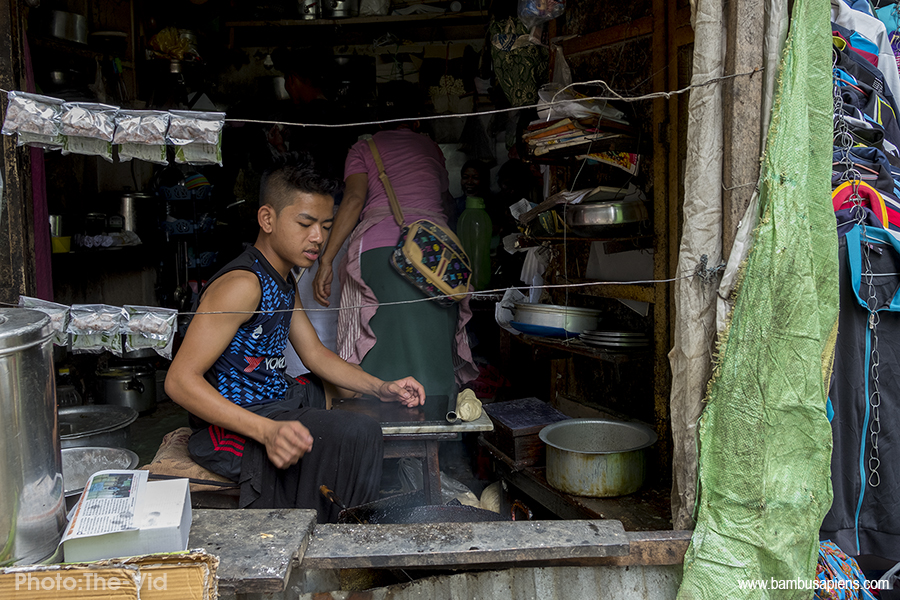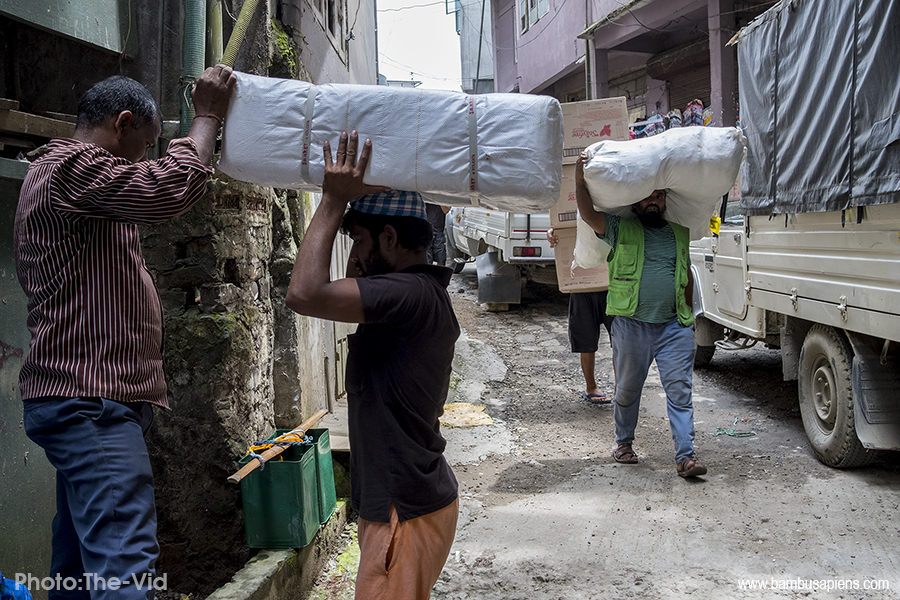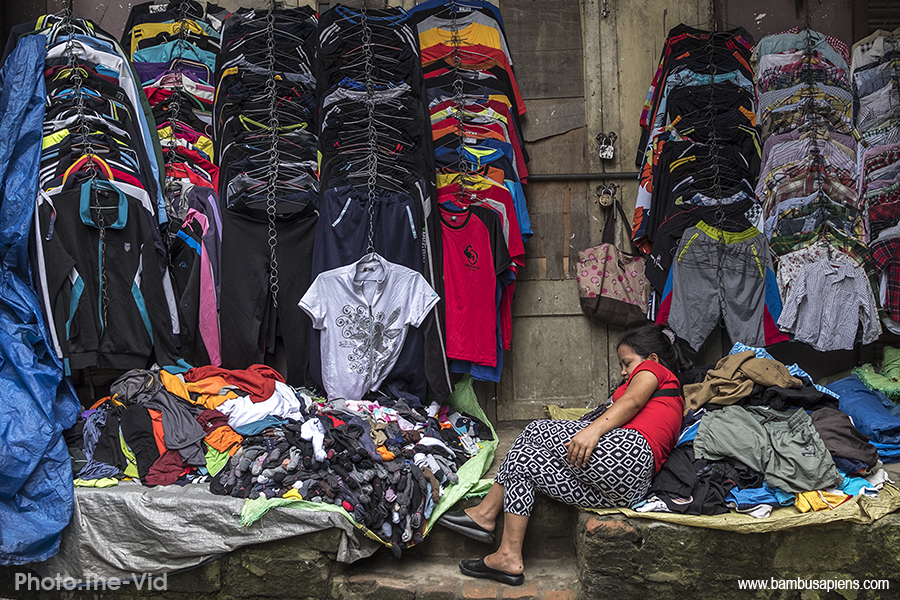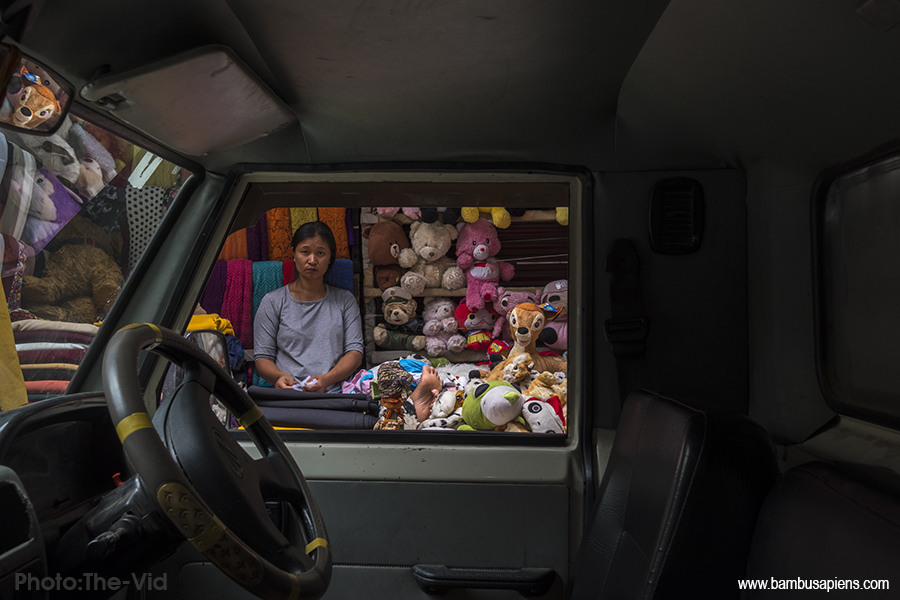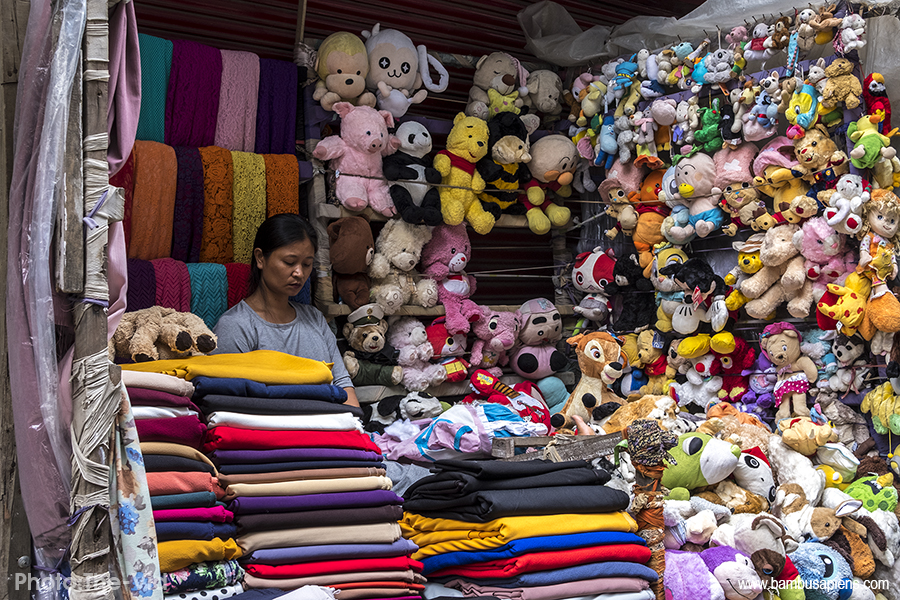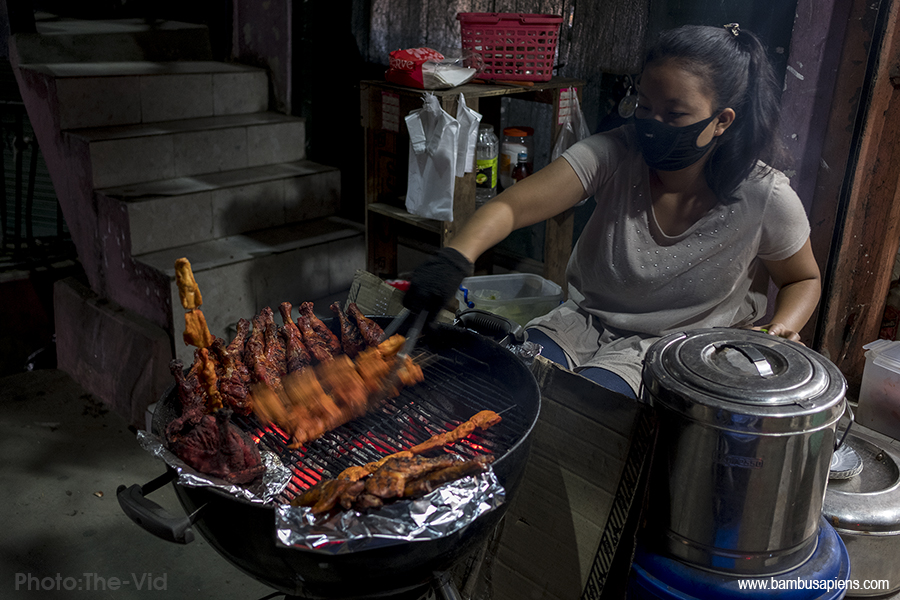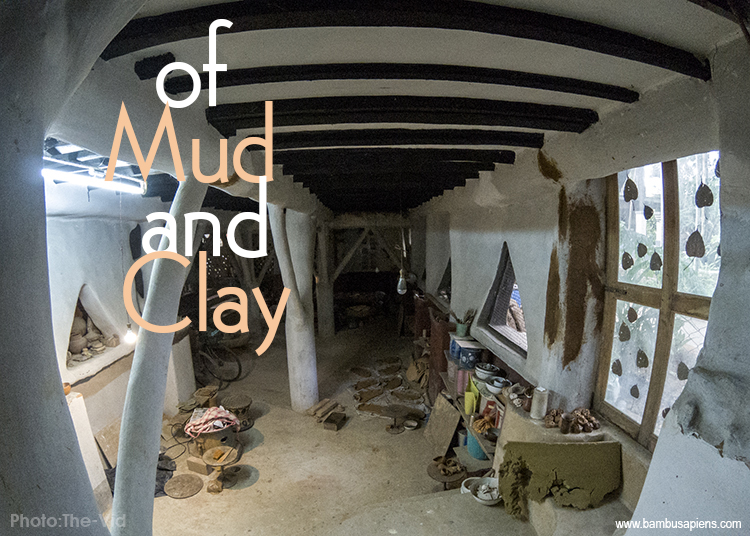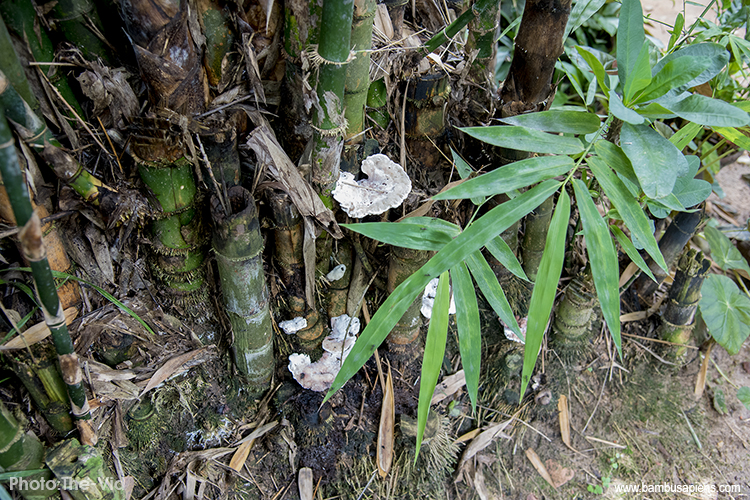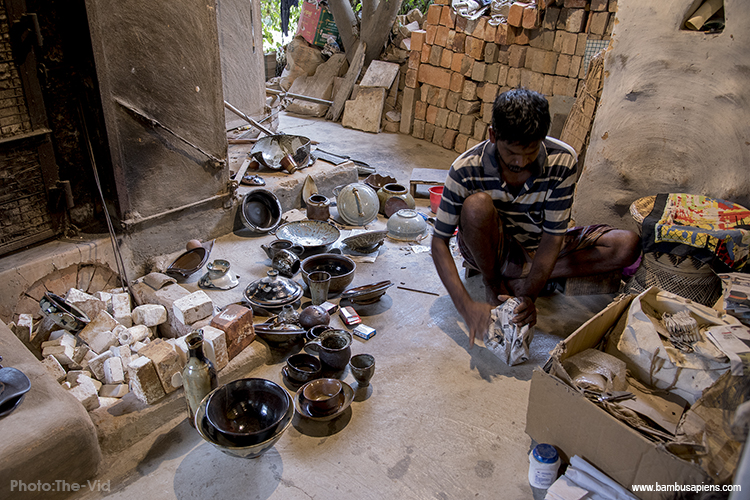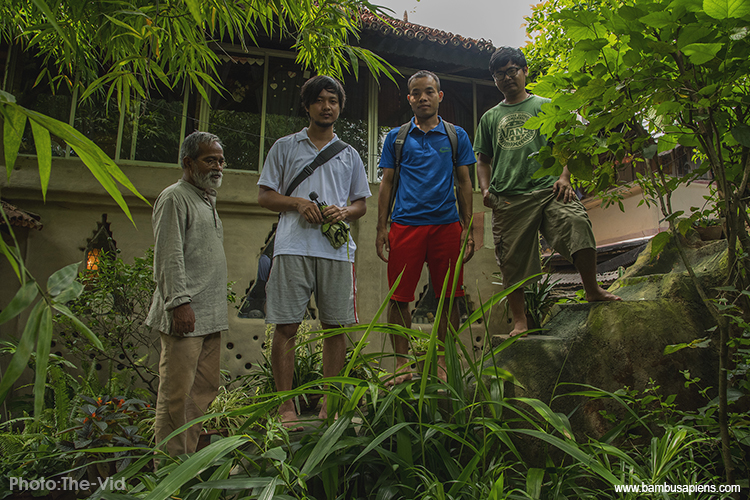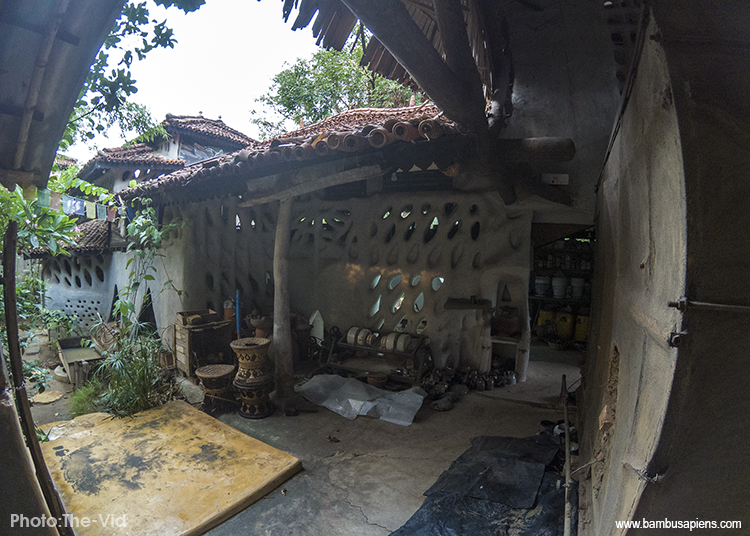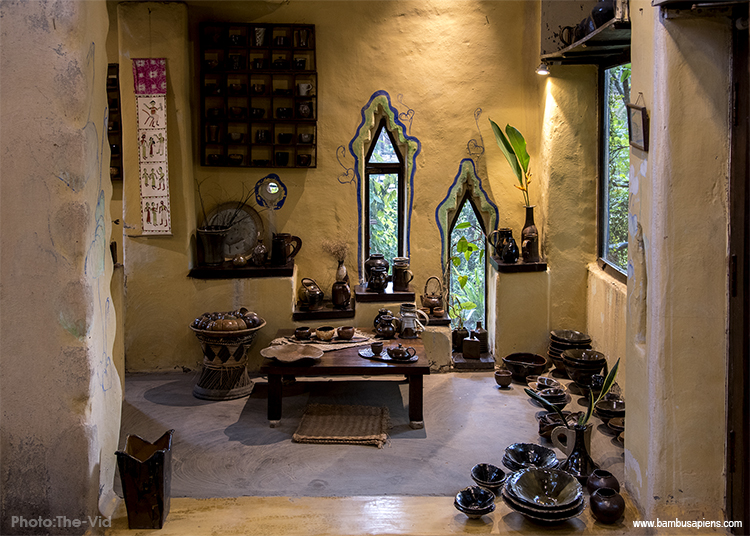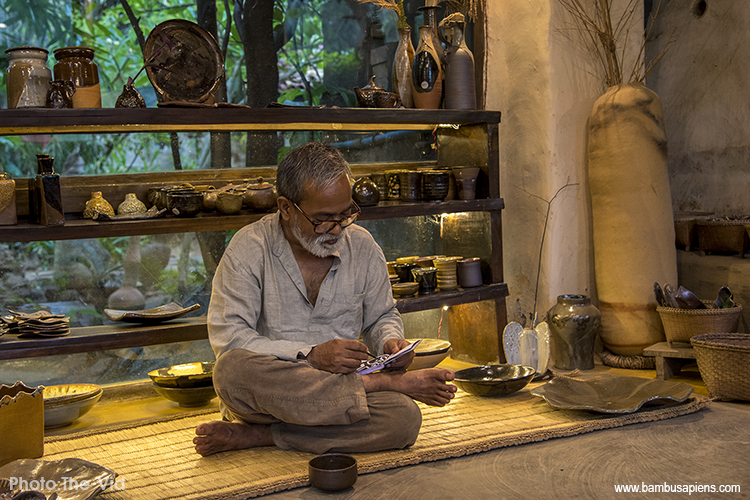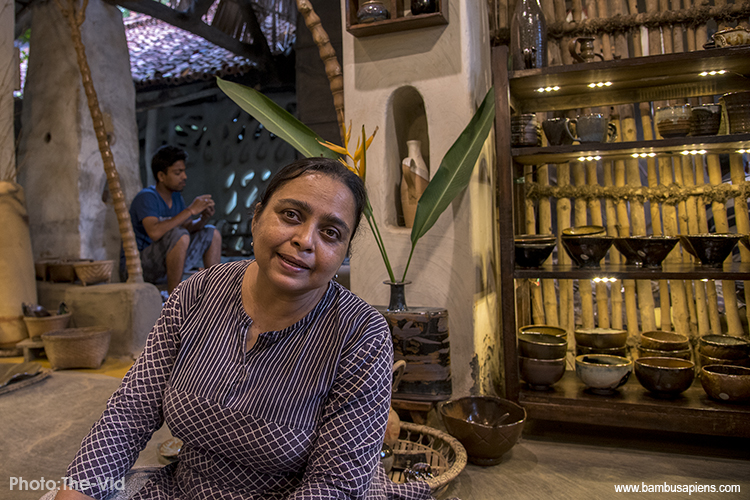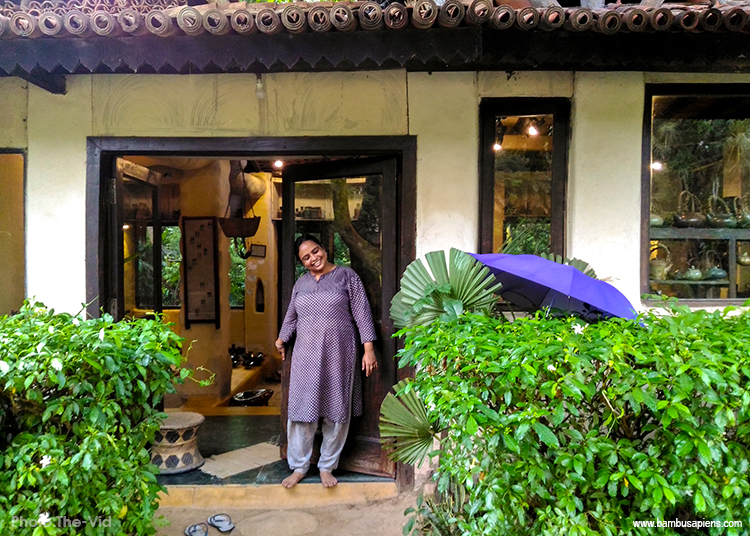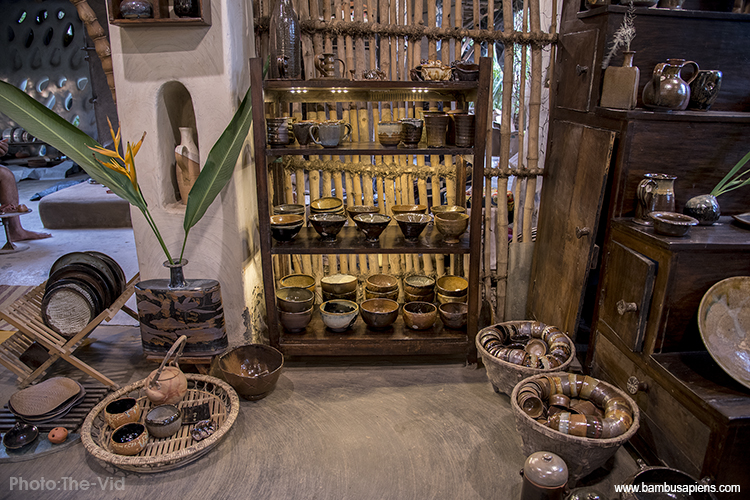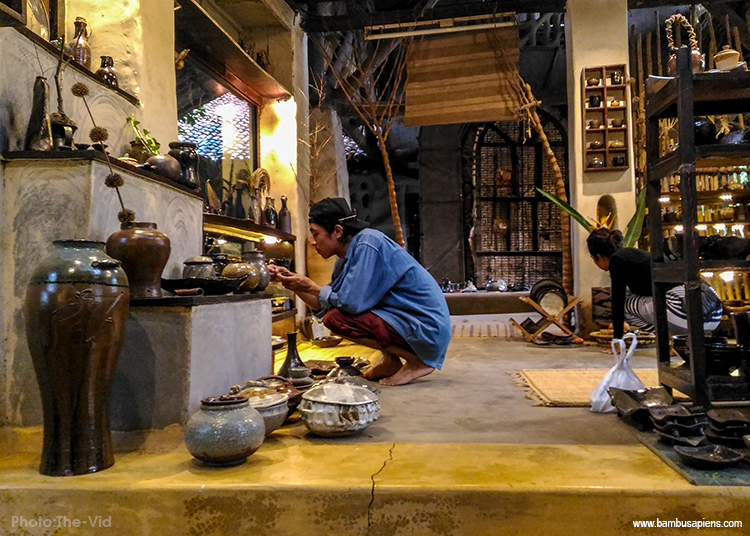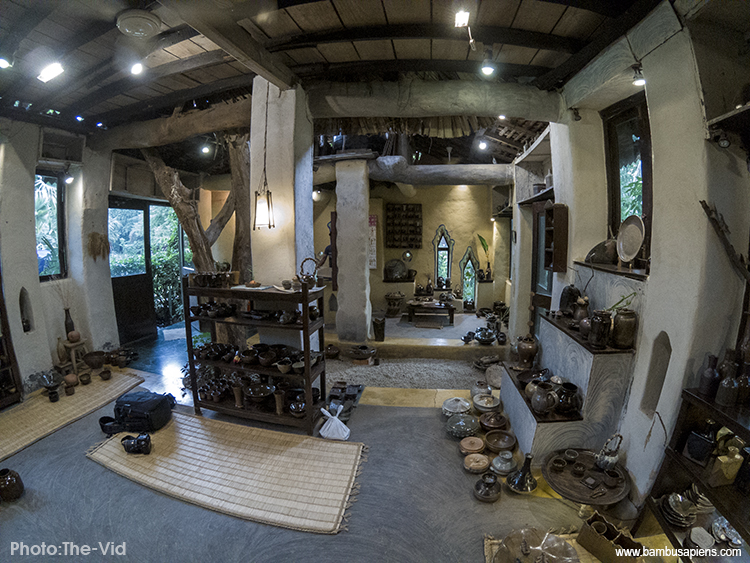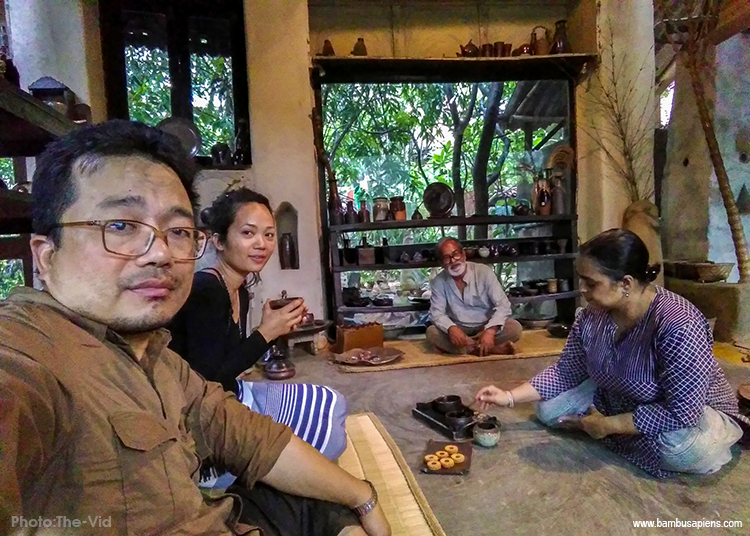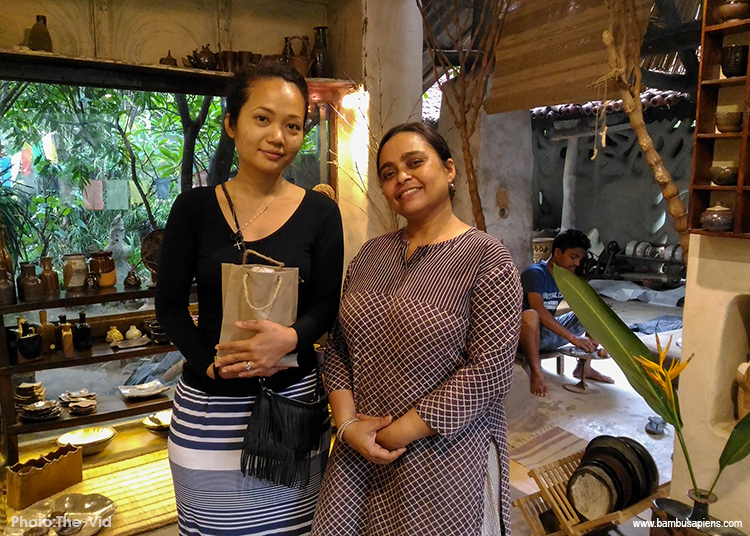Mizoram Calendar hi Sorkar-in a buatsaih thin a nih avangin kum telin mi ngaihhlut leh ngaihven a hlawh a, kumtinin December thla bawrah hi chuan kumthar a mi tur kan ngaihven nasa thin; kan nghakhlel tlang hle thin a ni. Kan nghahhlelh nachhan hi chi hrang hrang a awm thei ang:
- Mizoram Sorkar hnuaia pisa leh zirna sikul te chawlh hun bi dik taka tarlan a nih avangin
- Mizoram chhung mawina phochhuah a tarlanin a awmfo thin, chumi tar duh vangin
- Mizo thil chi hrang hrang lem a chuan thin avangin tar kan chak a, hnamdang te pek atan kan duh.
- Mizo lemziak thiam te kutchhuak tihlan a ni fo bawk.
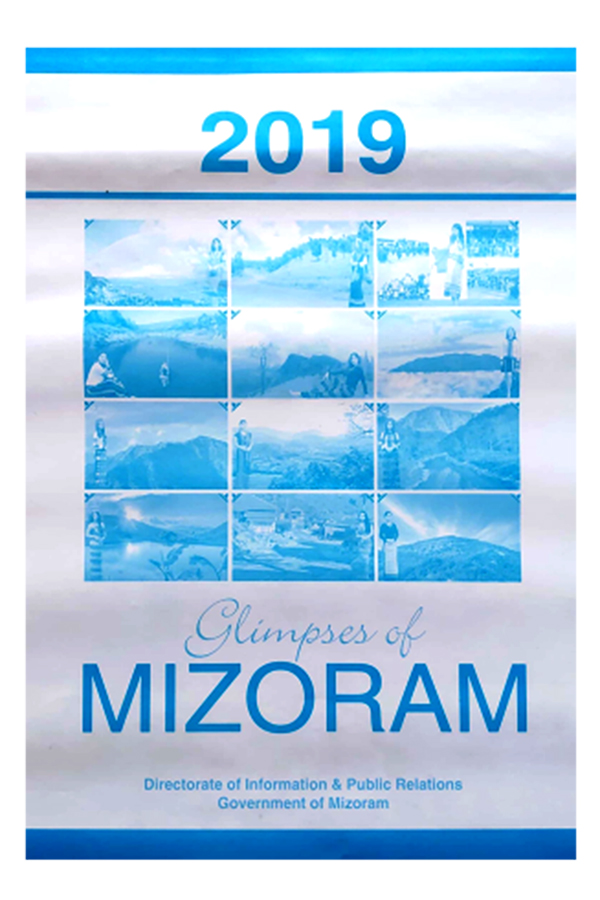
Mizoram Calendar 2019
Heng chhan hrang hrang te hi heti hian a khaikhawm theih awm e – Mizoram Socio-Cultural lehEnvironmental Documentary pawimawh tak a nih avangin kan ngaihlu. A kawmah pawh “Glimpses of Mizoram” tih a inziak kher nghe nghe.
Mizo mipui ten Tlumtea thlir taka kan lo thlir chu vawiin, Dec. 28, 2019 Zirtawpni khan a buaipuitu Department lamin mipui te lei theih turin a tlangzarh ta a, pdf version-in an lo siam hmanhmawh leh pek bawk a! Kan indaih zai ve ta angreng khawp mai. Sawi tawh angin Mizoram Calendar hi hun leh ni hriatna mai piahlamah Mizoram chungchang pholanna pawimawh tak a nih avangin, kum dang ang bawkin mi ngaihhlut a hlawh reng a, tichuan a lo chhuak ta a… “a thenin facebook status-ah Mizoram Calendar 2019 mai mai chu…” tiin an update a, pdf copy a darh miau avangin group hrang hrangah an chai laih laih mai. Kan ngaihluin kan ngai thupui a ni. Calendar lehzel han review chu aw, ti chungin hmasawnna duh vangin ka hmuh dan tlem kan thailang ve teh ang:
Milem/Thlalak
Tunhnaia kum engemawzat chhung chu Mizoram tlang dung hrang hrang leh khaw hrang hrang hlimthla te hman a ni thin a, mi tam tak ngaihhlut a hlawh a, “Mizoram lo mawi zia hi aw…” an ti vawng vawng mai. Kumdang ang bawkin kuminah pawh ramthla (scenery/landscape) chi hrang hrang hman a ni leh a. Kuminah hian thlalak chi hrang hrang Ramthla – sawm, sangha dil (land use) – pakhat (ramthlaah a chhiar tel theih tho bawk) leh Mizo te kutpui hlimthla – 1 a awm a. Heng thlalak hrang hrang te hi Mizo lui hmingthang te, tlang hmingthang te, Mizorama khaw faite leh hmun pawimawh te a ni hlawm. Mizo te tan Document pawimawh tak a ni.
Heng ramthla hrang hrang te hi a sawifiahna (caption) pek vek an ni a, khawi hmun nge tih pawh chiang takin a hriat nghal theih a, en mawl tawp ai chuan a nihna hre chianga en chu a manhla leh zual. Chutih rual chuan a hrin dup avanga “evergreen” han tih ngawt mai ang chi te erawh a dikhlel deuhin a lang, information dik tawklo kan infah tihna chu a ni der mai. Reiek tlang hi forest type chi hrang hrang infinkhawmna hmun, agro-eclogical characteristic hrang hrang nei a ni a, evergreen tih tur chu niin a lang lo. Tuna lang tam ber lai phei hi chu phul hmun (Grassland) a ni lehnghal a. Hetiang tlangsanga phulhmun hi “Sholas” ti te pawhin India ram chhim thlang lamah chuan an sawi bawk thin. Grass ho hi kumhlun chi a ni lova, kumkhat dam “annual plants” an ni. Thlasik leh thal inkarchhungin a thi anga, to hawn tan tirhah a rawn chawrno leh ang. Evergreen a nilo.
A mal mala sawi a, han kher neuh neuh takah chuan famkimlo mihring kutchhuak tih takah, kher chhuah tur a mual mual a awm zel mai. January thlaa Chhimbal zam ruih maiin min lo hmuak nghal ngawt mai te, February – thal chhoa Thenzawl daia bawngchaw, di leh thang hmun hring nghulh mai te, India leh Myanmar inrina, Zokhawthar thlalak, a khua tak aia foreground-a thing zik fiah kak zawk mai te, tu sangha dil emaw kianga balhla hnah a sena sen tai hlar mai te, Mizorama khawfai ber aiawha In 7 emaw chauh lang thlalak te hi han thlir thuaka rilru kap nghal tam tak zinga mi te chu a ni. March thla apianga Chapchar Kut hlimthla a chuang ta ziah ang hian ramthla pawh nise a hunbi mil deuh a siamrem mai theih niin a lang. Tin, balhla hnahsen tai hlar mai erawh hi chu a taka ka la hmuh ve loh a ni a, a rah eng rawng nge niang aw tih ringawt ka rilruah a awm.
Mizo thil pholanna calendar
Hman atang tawhin Mizo thil, a bikin Mizo thuam thil tih lannan hman a ni thin a. Kuminah pawh Mizo hmeichhe thuam inbel thin chi hrang hrang, tunlai mit mila siamrema tih danglam engemaw zat a awm a, hmaram leh ngotekherh te, Mara thuam te, pawndum leh adt. a awm nual mai. Heng thuamhrang hrang te hi kawrkhainaa khai emaw, puan banna a han ban ngawt thu emaw va awm suh, a inbeltu an awm ve ngei a ngai a, a nihphung leh a nih dan tihlan chian nan“Model” an awm a ngai a ni. Chutih rual chuan heng kan Mizo thil kan ngaihsan leh kan ngaihhlut tak tak hi ramthla kil khawi emaw laia inthlahrung tak maia kan han thiat ringawt chauh mai hi chu a pamhmai deuh chu a ni. May thla a mi erawh Sakawrhmuituai tlang hnungchhawnin a thluang zar thung a. Ni, kumdangah kha chuan an tih lan duh ber (main subject) bak thildang tihlan an duh kha chu a sirah emaw, a laiah emaw, khawiah emaw bawm te ang deuh “inset” an ti emawni kha an siama an dah mai thin kha a ni a. Thildang a dip siloin a lang chiang hrang nalh a, A hnunga thlalak dang nen a inpawlhbuai ve lem lo, a awmna tur diktakah a awm tihna te pawh a ni tel bawk ang. Kumina mi erawh kil khatah rem leh remlovah an han thiat luklak a…a inkhuangruallo a, hmuh a hahdam lo!
Sapho hian Model thlalak tarlanna Calendar ngaihsan em em mai an nei a, chu chu Pirelli Calendar a ni a, chunga lang pha chin model te chu an inchhuang viau thin a, thlala tur pawhin mi bik an ruai thin. Thil dang an ti lang ve lem lo a, Model te kha an pho lan ber te chu an ni mai. Steve McCurry-a thla an lak tir ve tum thung erawh chuan saruak hlimthla hmang lovin khawlaiah, an model te chenna ram leh khawlai nun tilang telin a la a, an tihchhuah tukah an hralh zo nghal. Mahse a model te kha an bel chawp ve lem lo.
Mizoram Calendar 2019-a model te thlalak ka hmuh rual rualaka rilrua lo lang nghal chu Pu Ngurthangvela thu leh hla a ni. Music Video a siamin ani chuan Chroma hmang ve lovin a zai duhna hmun kha a va pan mai thin a ni awm e “Tukverh lemah te, lui lemah te ka zai ve ngailo” a ti e an ti. Tun tuma kan Calendar-ah hi chuan Ramthla-ah rem leh remloah, a rawng leh en dan pawh inpawl teh chiamloin kan nula te thlalak kan bel ve thung a…aestheticallypawhin a fuh lo…design concept mumal a awm lo ni berin a lang. Chhawrpial run ianga mawi kan Zotlang ram nuam hi kan tih chereu nasat tawh em avangin a mawi hlawl tawhlo a, a tilang mawizual tur a mamawh ta a, heng kan nula te hi an lo pen chhhuakta a nih erawh chuan le thudang ni teh se.
Pakhat leh chiah, saptawng tel deuh nuaihin…He Zoram zimteah hian engatinge engkim mai hi entertainment nen kan chawhpawlh a, engkim mai hi kan glamourise vek mai le? Calendar en apianga nula thlalak han en tel ziah a ngai tur hi nupuite an zahawm lawk ang reng khawp mai lehnghal a.
